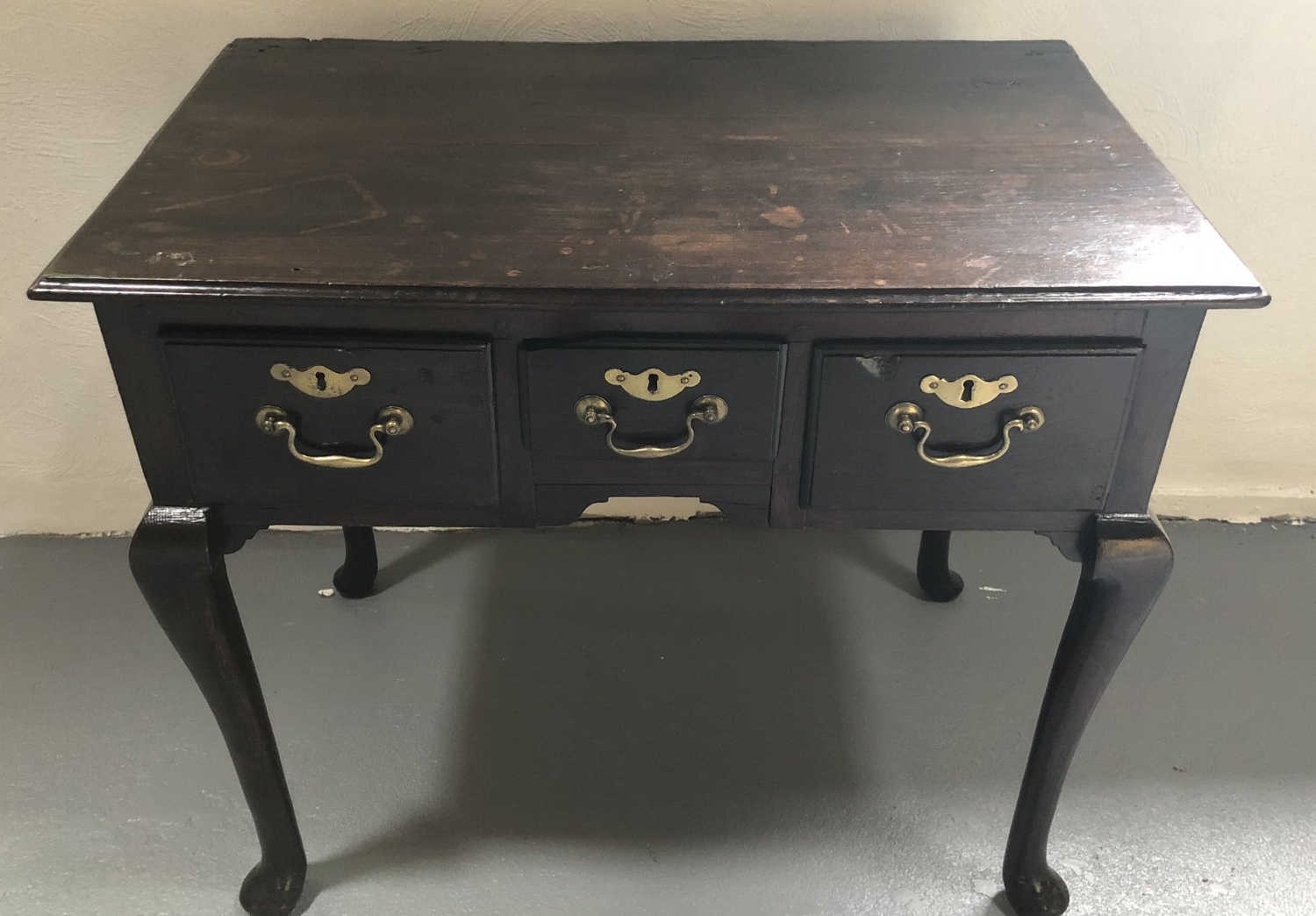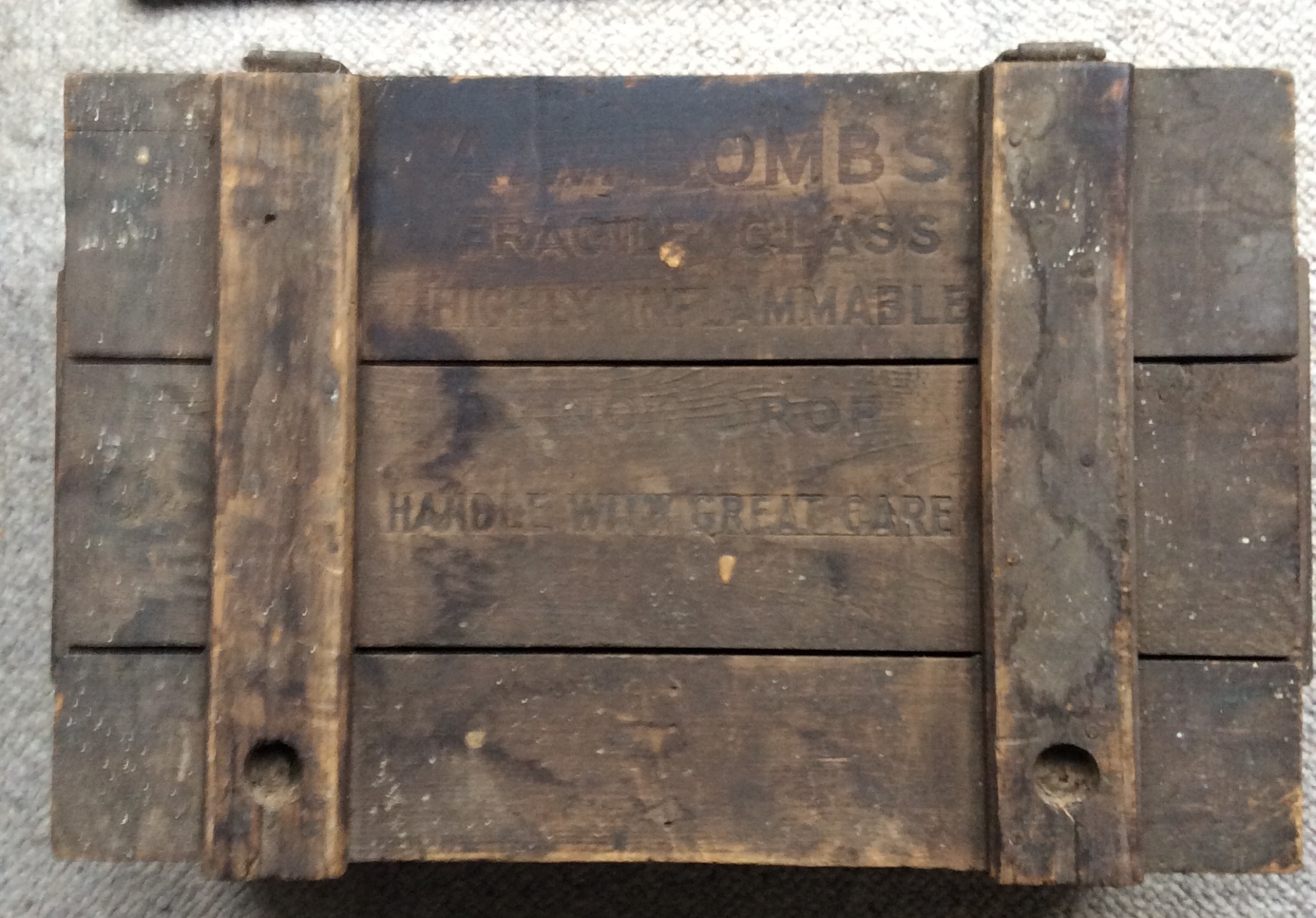One-to-one tuition: £300
Email: roysummerfield@gmail.com
“Roy is a great teacher and the day just flew by. I cannot stress the benefit of this style of one-to-one teaching. Far better than courses where you are one of a small group. Roy can watch, assess and guide you far quicker on a personal course like this. His purpose built garden studio is PERFECT for this type of one-to-one course.” (Gareth from Leicester)
"This was one of the best courses that I have ever attended. I came away from your day of instruction, full of confidence and enthusiasm, wanting to put to my new found skill to use." (Charles from York)
One student, one full day, one-to-one tuition £300 Tutor: Roy Summerfield
This one-day course allows time for you to cover all the stages of French Polishing. Work on our boards and on items you bring. You will create a range of surfaces, including matt, satin, and high gloss 'piano' mirror finish. One-to-one tuition throughout the day. (9.00 a.m. to 3.00 p.m.) This intensive tuition means you achieve what in a group would take much longer.
Gift Vouchers available if you want to give a unique gift to someone.
Two students together, one full day £550 Tutor: Roy Summerfield
Read some comments about the course from past students.
You will learn how to french polish to a professional level.
This is the most thorough, high quality course available in the United Kingdom.
French Polishing is a technique of applying a varnish made from liquid-shellac on to wooden items.
Skills taught: cleaning and preparing surfaces, sealing, grain filling, staining, skinning in, bodying up, stiffing, spiriting off, glazing and burnishing, to produce a finished result consistent with the style and period of the piece.
Create a range of surfaces, including matt, satin, and high gloss 'piano' mirror finish. Courses run throughout the year, and no previous experience is needed. The dates are arranged individually to suit you, and I normally teach on a one-to-one basis, but can cater for two if you want to bring a friend.
A student polishing an ebony box
"I spent a magical day with Roy, discovering how exciting and satisfying French polishing can be. I was a total novice and had brought with me two tables and a very old ladder back chair, all of which were in poor condition. By the end of the day they had improved immeasurably and I now have the confidence to finish them and to take on new projects!
I thoroughly recommend a French polishing course with Roy." (Angela from Lincoln)
Read some comments about the course from past students.
French polishing is an enjoyable and rewarding skill to learn; you can refurbish or up-cycle almost any wooden item to look its best. French Polishing is an extremely tactile operation, and the difference between a bad and a good result depends entirely on understanding how to manipulate the shellac to produce the required result.
The ratio of shellac : oil : alcohol in the polishing pad or' rubber' is important, and the proportions change as the polishing process continues. The amount of friction between the pad and the wooden surface is important to get right, and the sound the rubber makes on the surface tells the polisher if the ratio of these ingredients is correct. Grain filling open pore woods is another area that is difficult to get right. What is the best method of filling the grain? How do you do this well, yet keep the beauty of the wood surface clear and with a deep lustre? What is the ideal way to make up French polishing rubbers and what size and shape should they be? What is the best kind of shellac flakes to make polish from and should you buy it read-mixed or blend it yourself?
ABOVE: Peter’s dad made this art deco bureau in 1932 and it needed repair and re-finishing. Here it is after Peter restored it to its former glory.
ABOVE: Piano tuner Daniel Randall wanted to add French polishing to the service he offers his customers, so he attended the course with Roy and above are two restored pianos.
ABOVE: Rachel and Nick's table after cleaning and then during French polishing
ABOVE: A lowboy before and after cleaning and polishing
above: Robert French polishing a piano
French Polishing can be taught on its own, using our practice boards, but it's best if you can bring along suitable items; - a dining chair, jewellery or writing box, small chest of drawers or table etc. to polish as well. Then we can cover all the processes involved in polishing; both on completely new surfaces, as well as cleaning and renewing the old patina found on antique furniture, or the restoration of a period item where you want to retain the old patina but give new life to the surface finish.
Time permitting, the following areas are covered in detail during the course:
French Polishing: types of shellac polish, ebonising, rubbers, wads, fads; stains and colouring; traditional grain filling with pumice powder and shellac; other grain filling techniques, methods of filling and disguising cracks and blemishes, sealing, bodying up, stiffing, cutting back, spiriting off, burnishing and many little-known trade skills are revealed.
Restoration: degrees of stripping, from minor removal of old wax etc. without damaging underlying surface finish through to severe cases where chemical stripping is required. Repairing marks, blemishes and indentations, steaming out dents, staining methods and use of pigment powders.
Tasks: Prepare work pieces (practice boards) and items of furniture etc - cleaning, de-waxing as needed; sealing coats of shellac; rubbing down and re-coating; understanding polishing sessions; traditional method of grain filling open pore wood using pumice powder and shellac, as well as other pore-filling techniques for different situations. Make up rubbers and build up polish layers (bodying up), cutting back between coats; stiffing, spiriting off; polishing patterns; use of oil; adjustment of polish concentrations; burning off oil; burnishing methods and creams; how to achieve matt, satin and gloss surface finishes; learn how to cultivate a top quality, beautiful surface; use of stains, fillers, shellac sticks. How to avoid common problems.
French Polishing is a skill that is best taught on a one-to-one basis.
French Polishing can produce a range of finishes, from matt, to satin, to full high 'piano' gloss. Our course teaches you how to obtain all of these.
above: Second World War Home Guard bomb box, before and after restoration
above: Art Deco take before and after French Polishing
above: Mahogany side table after two 'bodying up' sessions on the top
above: rocking chair before and after cleaning and polishing
above: Top with extensive water mark damage shown before and after removing water damage
above: Oak gateleg table top with severe water mark damage, shown before and after French polishing to obtain a satin lustre finish.
above: Central marquetry panel restored, and first sealing coat applied Rosewood box after first 'bodying' stage of French polishing
Guitar after French polishing with ultra blond shellac


























